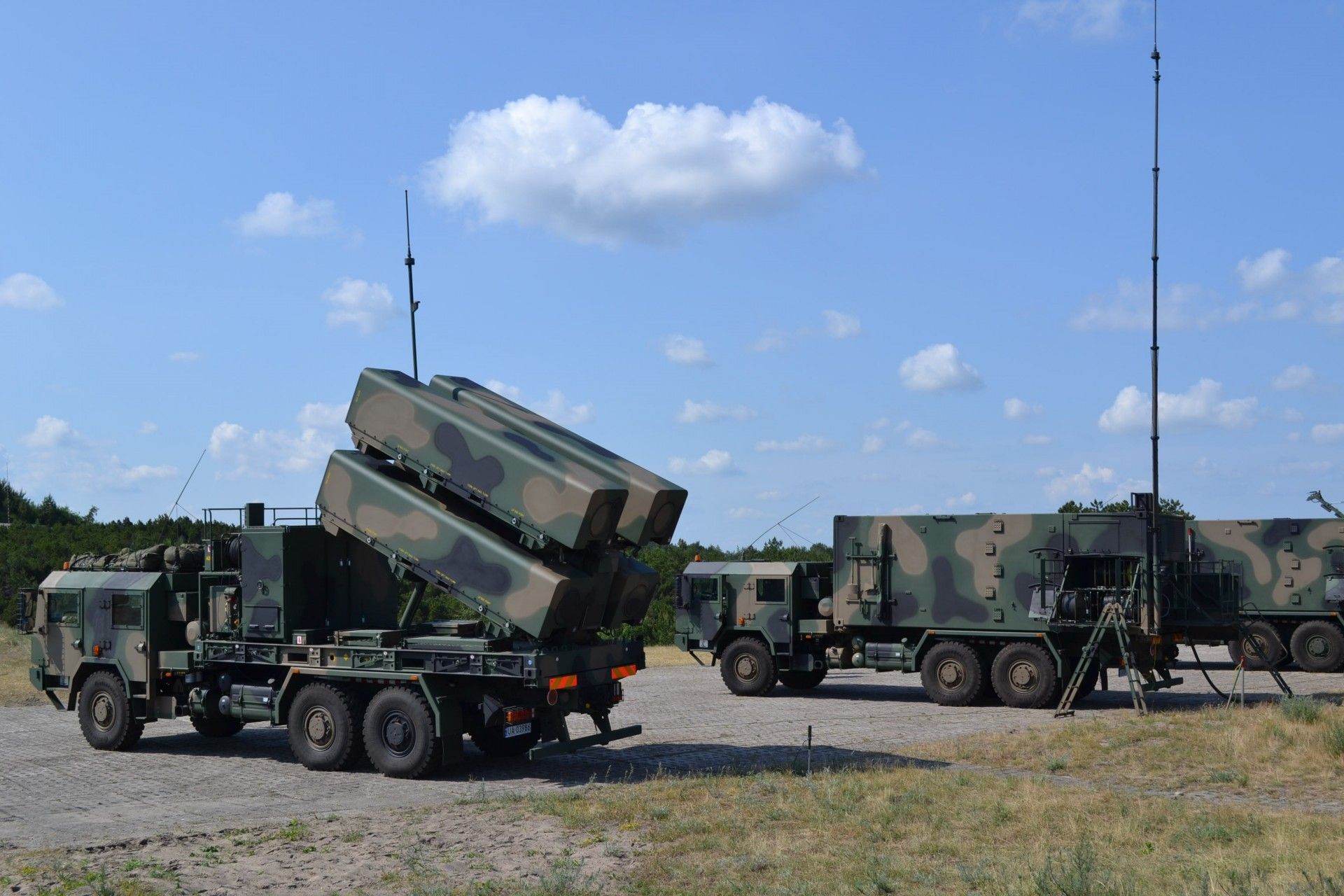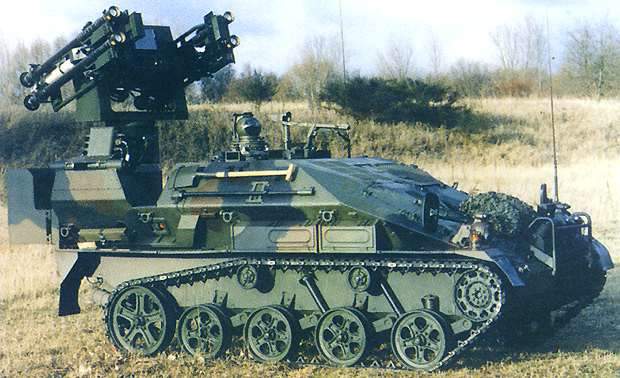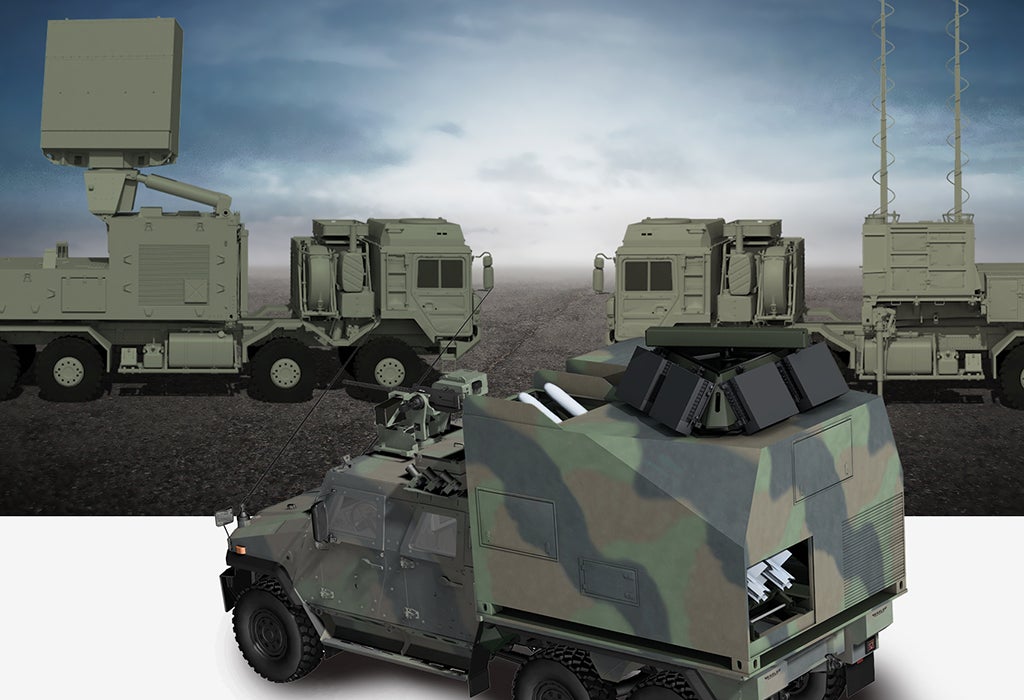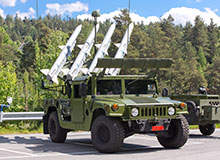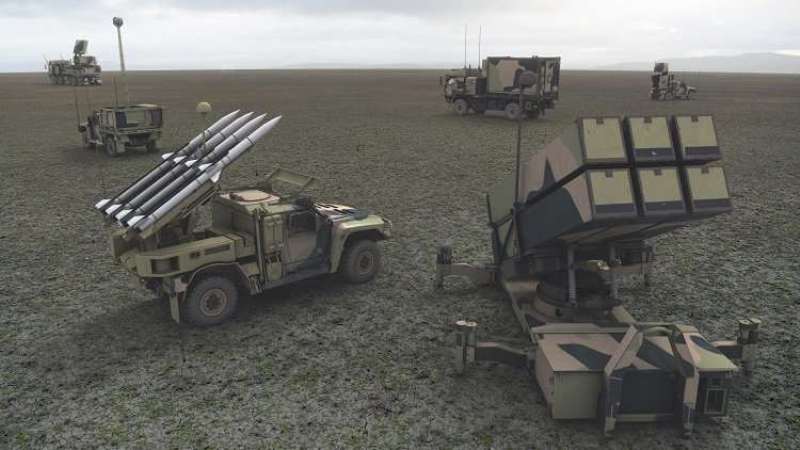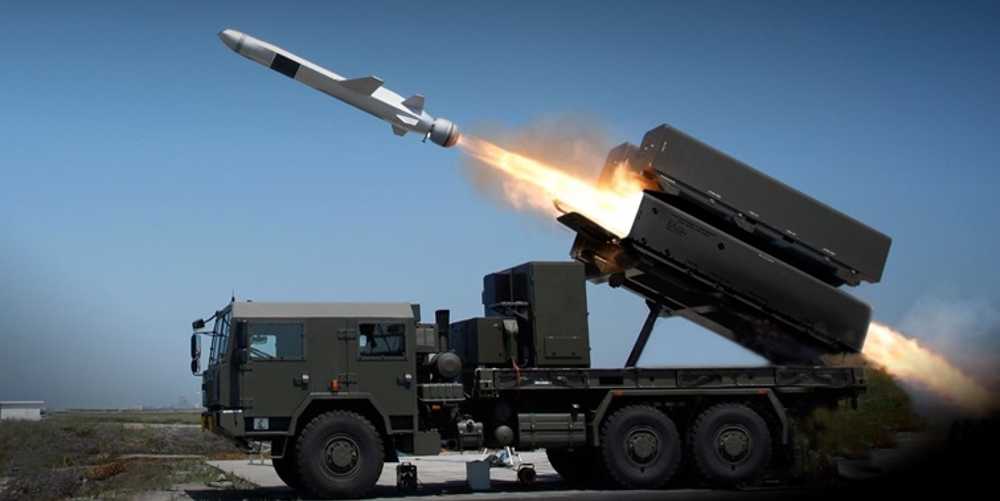- Reaction score
- 9,567
- Points
- 1,160
Deep breath. Reset.
Let's try and keep Humphrey out of Dire Straits.
4th Regiment (General Support) has responsibility for Air Space Coordination, STA Coordination and the development of Ground Based Air Defence.
Its primary purchase to date is the EL/M-2084 Multi Mission Radar, employed as a Medium Range Radar, 10 units, an Israeli ground-based mobile 3D AESA multi-mission radar (MMR) family produced by ELTA, a subsidiary of Israel Aerospace Industries and supplied by Rheinmetall in Quebec.
Rheinmetall also has experience delivering Skyguard, Skyshield and MANTIS VSHORAD and C-RAM air defence systems integrating guns and missiles.
I am also aware of the NASAMs system which disperses unmanned palletized pods of missiles up to 25 km from their Fire Direction Centres.
So here is the question:
What would it take to make it possible for 4 Regiment to be able to utilize all of the missiles currently in the Canadian inventory, as well as those anticipated?
The Navy uses ESSM and Harpoon, has used SM2 and is projecting the potential use of SM3/SM6 and Tomahawk as well as the NSM and CAMM.
The Air Force use AIM 9 and AIM 120. And its aircraft (Hornets and Auroras) are used by other air forces to launch Harpoons. It also uses the CRV-7 70mm rocket.
And here is the second question:
With the infrastructure in place to launch GBAD missiles from fixed sites (port and airfield defence - sites from which you can not manoeuver away) what would it take to add emplaced Long Range Precision Fires to the capabilities - another capability for which the 4th regiment is purportedly responsible?
If the RCN can defend a location from which it can launch offensive strikes, helicopters, VTOL UASs, and maintain local situation awareness with multiple radars and eo/ir systems, 24/7, with a Company of 204 what would it take for the Artillery's 4th Regiment to emulate that?
It is my belief that if that set of capabilities could be clarified, defined and vested in the army's structure as a divisional asset then it would clarify the roles of the brigades and the units working for them. That in turn would set the kit requirements and the PY requirements and then the Reg/Reserve requirements.
I suggest that we start by making the best use of the technologies already available to us.
And, I apologize unreservedly for allowing my temper to get the better of me. I know enough to know I don't know enough.
Let's try and keep Humphrey out of Dire Straits.
4th Regiment (General Support) has responsibility for Air Space Coordination, STA Coordination and the development of Ground Based Air Defence.
Its primary purchase to date is the EL/M-2084 Multi Mission Radar, employed as a Medium Range Radar, 10 units, an Israeli ground-based mobile 3D AESA multi-mission radar (MMR) family produced by ELTA, a subsidiary of Israel Aerospace Industries and supplied by Rheinmetall in Quebec.
Rheinmetall also has experience delivering Skyguard, Skyshield and MANTIS VSHORAD and C-RAM air defence systems integrating guns and missiles.
I am also aware of the NASAMs system which disperses unmanned palletized pods of missiles up to 25 km from their Fire Direction Centres.
So here is the question:
What would it take to make it possible for 4 Regiment to be able to utilize all of the missiles currently in the Canadian inventory, as well as those anticipated?
The Navy uses ESSM and Harpoon, has used SM2 and is projecting the potential use of SM3/SM6 and Tomahawk as well as the NSM and CAMM.
The Air Force use AIM 9 and AIM 120. And its aircraft (Hornets and Auroras) are used by other air forces to launch Harpoons. It also uses the CRV-7 70mm rocket.
And here is the second question:
With the infrastructure in place to launch GBAD missiles from fixed sites (port and airfield defence - sites from which you can not manoeuver away) what would it take to add emplaced Long Range Precision Fires to the capabilities - another capability for which the 4th regiment is purportedly responsible?
If the RCN can defend a location from which it can launch offensive strikes, helicopters, VTOL UASs, and maintain local situation awareness with multiple radars and eo/ir systems, 24/7, with a Company of 204 what would it take for the Artillery's 4th Regiment to emulate that?
It is my belief that if that set of capabilities could be clarified, defined and vested in the army's structure as a divisional asset then it would clarify the roles of the brigades and the units working for them. That in turn would set the kit requirements and the PY requirements and then the Reg/Reserve requirements.
I suggest that we start by making the best use of the technologies already available to us.
And, I apologize unreservedly for allowing my temper to get the better of me. I know enough to know I don't know enough.





